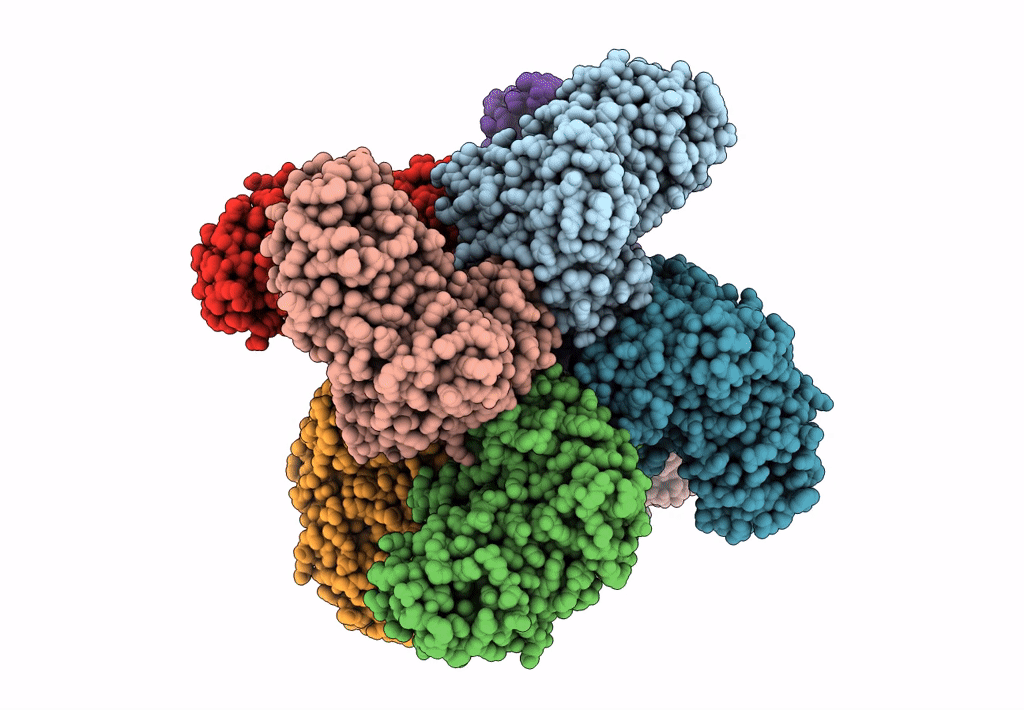
Deposition Date
2023-02-23
Release Date
2023-08-30
Last Version Date
2023-11-15
Entry Detail
PDB ID:
8IHR
Keywords:
Title:
Cryo-EM structure of ochratoxin A-detoxifying amidohydrolase ADH3 in complex with Phe
Biological Source:
Source Organism:
Stenotrophomonas acidaminiphila (Taxon ID: 128780)
Host Organism:
Method Details:
Experimental Method:
Resolution:
2.50 Å
Aggregation State:
PARTICLE
Reconstruction Method:
SINGLE PARTICLE


